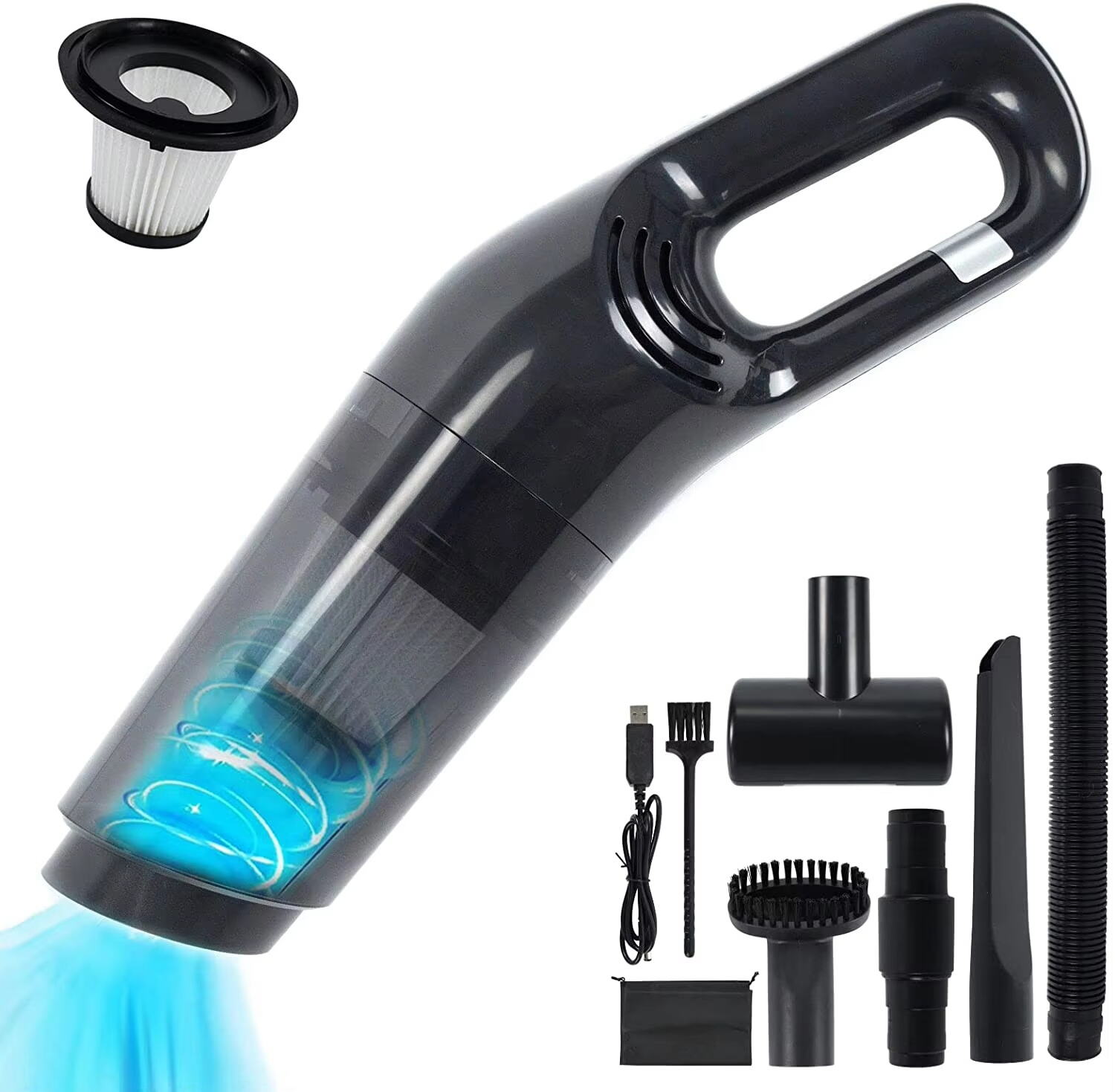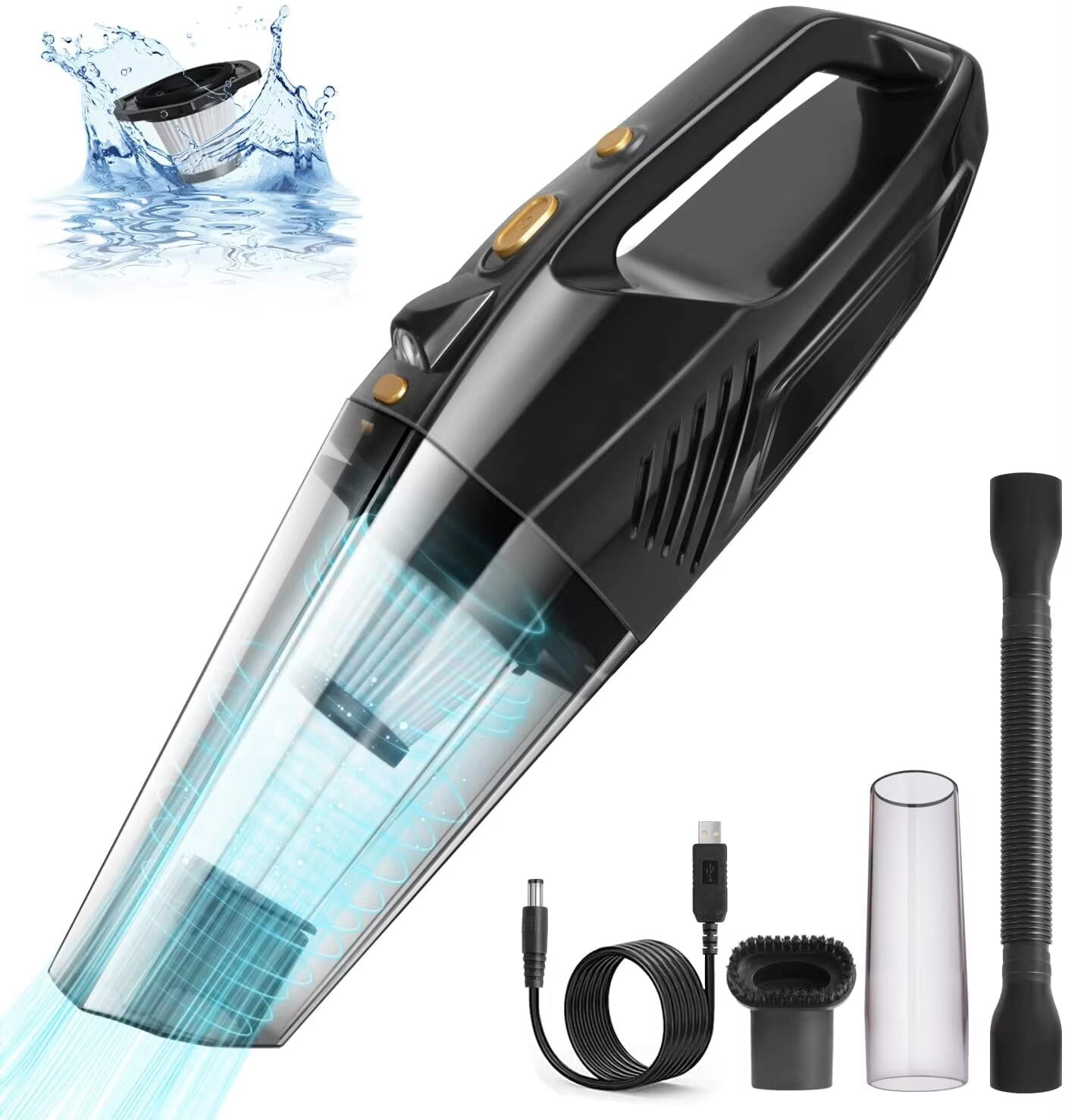Understanding Vehicle Vacuum Cleaner Power for Optimal Cleaning Performance
When it comes to maintaining your vehicle's interior, having the right car vacuum cleaner suction power is crucial for effective cleaning. The difference between 4 kPa and 16 kPa suction power can significantly impact your cleaning results. This comprehensive guide will help you understand vacuum suction measurements and choose the ideal power level for your specific needs.
Car vacuum cleaners have evolved substantially over the years, offering various suction power levels to tackle different cleaning challenges. Whether you're dealing with embedded pet hair, ground-in dirt, or everyday dust, understanding suction power measurements will ensure you make an informed purchase decision.
The Science Behind Vacuum Suction Power
Kilopascals Explained
Kilopascals (kPa) measure the pressure difference created by your car vacuum cleaner. This measurement indicates how effectively the vacuum can lift dirt and debris from your vehicle's surfaces. A higher kPa rating means stronger suction power, which can make a substantial difference when cleaning stubborn dirt and debris.
The relationship between kPa and cleaning performance is direct - higher pressure differences create stronger lifting force. This becomes particularly important when dealing with various surfaces and materials found in modern vehicles, from carpet fibers to seat upholstery.
Motor Power and Suction Relationship
While kPa ratings are crucial, they work in conjunction with motor power to deliver effective cleaning results. A car vacuum cleaner's motor converts electrical energy into mechanical energy, creating the suction force measured in kPa. Understanding this relationship helps explain why some vacuums with similar motor wattage might have different suction capabilities.
The efficiency of this power conversion varies between models and manufacturers, which is why focusing solely on motor wattage can be misleading. The true measure of cleaning capability lies in the resulting suction power, measured in kPa.
Comparing 4 kPa vs 16 kPa Performance
4 kPa Vacuum Capabilities
Car vacuum cleaners with 4 kPa suction power represent entry-level cleaning capability. These units are suitable for regular maintenance cleaning and removing loose debris from your vehicle's interior. They work well for surface-level dust, light dirt, and small particles that haven't become deeply embedded in fabrics.
While 4 kPa vacuum cleaners are more affordable and often more portable, they may require multiple passes to achieve desired cleanliness levels. They're ideal for users who maintain their vehicles regularly and don't typically deal with heavy soiling or stubborn debris.
16 kPa Vacuum Performance
With four times the suction power of 4 kPa models, 16 kPa car vacuum cleaners offer professional-grade cleaning capability. These powerful units excel at removing deeply embedded dirt, pet hair, and ground-in debris from all vehicle surfaces. The increased suction power makes quick work of tough cleaning tasks that would challenge lower-powered units.
The superior performance of 16 kPa vacuums is particularly noticeable when cleaning plush carpets, deep seat crevices, and dealing with stubborn materials like sand or pebbles. These units often require fewer passes to achieve desired results, saving time and effort during cleaning sessions.

Practical Applications and Usage Scenarios
Everyday Cleaning Tasks
For regular vehicle maintenance, both 4 kPa and 16 kPa vacuum cleaners can handle basic cleaning duties. However, the efficiency and effectiveness will differ significantly. A 16 kPa unit will clean more thoroughly in a single pass, while a 4 kPa model might require multiple attempts to achieve similar results.
Consider your typical cleaning routine and the type of debris you commonly encounter. If you're dealing mainly with surface dust and occasional crumbs, a 4 kPa vacuum might suffice. For families with children, pets, or active lifestyles, the additional power of a 16 kPa unit could prove invaluable.
Professional and Heavy-Duty Use
Professional detailers and those requiring thorough cleaning capabilities should strongly consider 16 kPa vacuum cleaners. The increased suction power not only improves cleaning efficiency but also ensures better results when dealing with varied and challenging cleaning scenarios.
The higher suction power becomes particularly important when cleaning multiple vehicles or maintaining fleet vehicles where time efficiency is crucial. The investment in a more powerful unit often pays off through improved cleaning results and reduced cleaning time.
Making the Right Choice for Your Needs
Budget Considerations
While 16 kPa vacuum cleaners typically command higher prices, the increased cleaning power can justify the investment for many users. Consider the long-term value rather than just the initial purchase price. A more powerful vacuum might save money over time by reducing the need for professional cleaning services.
For occasional use or light cleaning duties, a 4 kPa vacuum cleaner can offer adequate performance at a more accessible price point. Consider your cleaning frequency and requirements when balancing budget against performance needs.
Maintenance and Longevity
Higher-powered vacuum cleaners often feature more robust construction and better components, potentially offering greater durability. However, they may also require more careful maintenance to maintain optimal performance. Regular filter cleaning and proper usage become increasingly important as suction power increases.
Both 4 kPa and 16 kPa units will benefit from regular maintenance to ensure consistent performance and longevity. Consider the availability of replacement parts and warranty coverage when making your final decision.
Frequently Asked Questions
Can a 4 kPa vacuum cleaner effectively clean pet hair from car seats?
While a 4 kPa vacuum can remove surface-level pet hair, it may struggle with deeply embedded fur. For homes with pets, a 16 kPa vacuum cleaner typically provides more effective and efficient pet hair removal, especially from upholstery and carpeted areas.
How does battery life compare between 4 kPa and 16 kPa cordless vacuums?
Generally, 16 kPa vacuum cleaners consume more power and may have shorter battery life compared to 4 kPa models. However, many high-end models compensate with larger battery capacity or quick-charging capabilities to maintain practical usability.
Is the noise level significantly different between 4 kPa and 16 kPa vacuum cleaners?
Higher-powered 16 kPa vacuum cleaners typically produce more noise due to increased motor power. However, modern designs often incorporate noise-reduction features to minimize this difference. The actual noise level varies by model and manufacturer rather than being solely determined by suction power.

